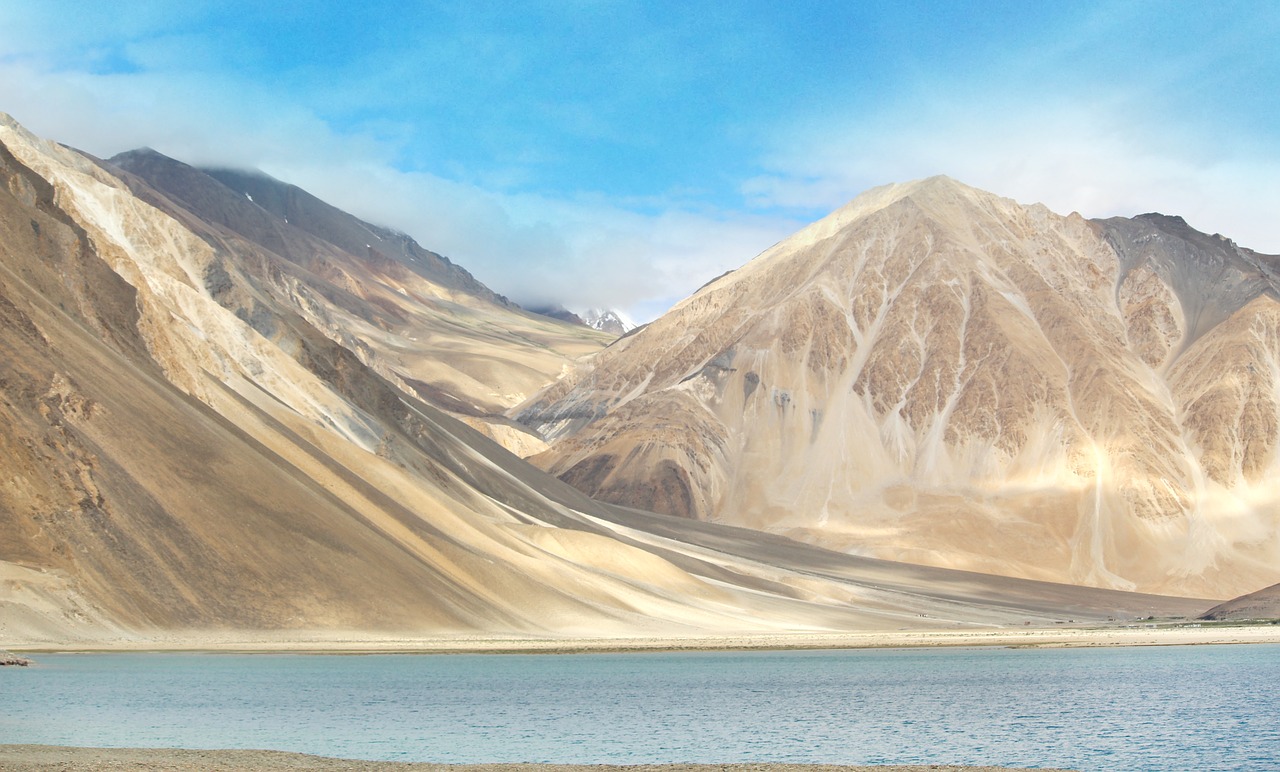The Great Red Spot
This concept was developed to describe a phenomenon that has been going on continuously on Jupiter for at least 353 years. The Great Red Spot is a huge anticyclone that was first observed by the British Robert Hooke in 1664. The area of this largest hurricane in the Solar System is larger than the Earth. Over the last century, the area of the hurricane has been halved. Researchers cannot fully determine whether these are normal changes or whether the storm is slowly dying out. However, there are opinions that the hurricane may disappear completely in the next 20 years.
The largest planet in the solar system
Jupiter is the heaviest planet known to us. Moreover, the mass of this planet represents more than 70 percent of the total mass of all planets in the Solar System.
The rings of Jupiter
Like Uranus, or Neptune, Jupiter is surrounded by rings. In this case, the rings are composed of three segments. The closest to the planet is a ring called “halo”, further away the planet is surrounded by a main ring and farthest away is an openwork ring. They consist mainly of dust generated by meteorites hitting numerous moons on the planet. But the rings of this planet are not as well visible as those surrounding Saturn.
How many moons does Jupiter have?
Jupiter has the largest number of moons in the Solar System. There are 69 of them in total, but 10 of them are considered lost. Four of them were discovered as early as January 7, 1910 by Galileo, hence their name “Galileo Moons”. In order of distance from the planet they are Io, Europe, Ganimedes and Kallisto. The third one – Ganimedes – is the largest moon in the Solar System, its diameter is even larger than Mercury. What is more, it is the only known moon with an atmosphere and magnetosphere.
Categories: Travel


